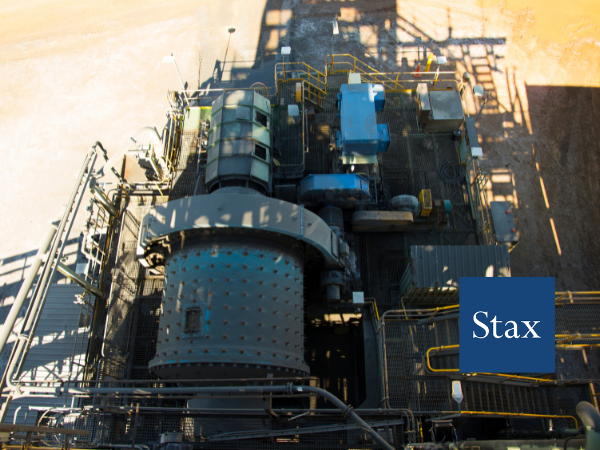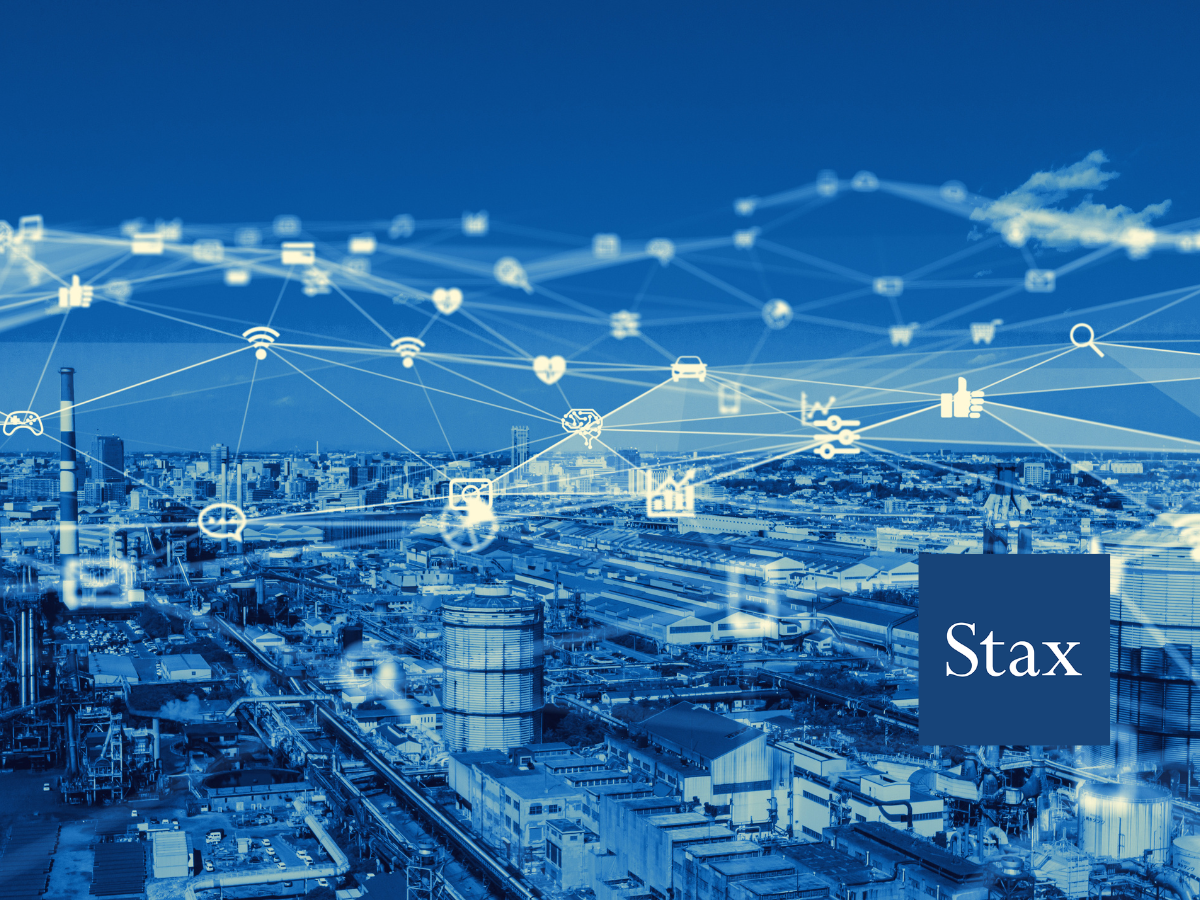AI Revolutionizing Retail: Major Changes Ahead for the Industry
AI Revolutionizing Retail: Major Changes Ahead for the Industry
In this article, we delve in to common questions from private equity clients regarding the impact of AI on the Retail industry. The questions relate to the impending changes resulting from AI implementation and the timeline for widespread adoption.
What are the major changes AI will bring to retailing?
The retail industry is on the cusp of a technological revolution, and AI is at the forefront of this transformation. Some of the key expected changes driven by AI include:
- Increase in Operational Efficiency: AI technology can review consumers' previous purchase patterns and provide an alert when the stock of best-selling products may reach a critically low level. Maintaining a well-stocked inventory is crucial to retailers. AI can also provide insights into the temporal patterns of consumer demand, including identifying seasonal item trends and estimating when these items will be in the highest demand.
- Improved Staffing Levels: AI can also help provide customers a high level of service by making sure there’s enough staff to serve them. AI can help retailers predict staff needed in-store, in customer services and at their D2C distribution warehouses.
- Improved In-Store Experience: By analyzing customer behavior in stores, retailers can optimize store layouts, product placements, and even design displays that resonate with their target audience. This data-driven approach ensures that the store layout is conducive to customer flow and product visibility.
- Optimized Pricing and Forecasting: AI is streamlining the entire supply chain process, from procurement to delivery. Predictive analytics and machine learning algorithms help in optimizing routes, managing inventory levels, and even predicting potential disruptions. This results in reduced costs, faster delivery times, and improved customer satisfaction. Over 50% of retailers today don’t know where all the things are located in their supply chain. An AI program can keep track of all of a retailer’s SKUs, changing prices whenever it makes sense and ordering inventory based on its demand forecasting.
- Improved Customer Service: AI also brings benefits to consumers. For example, chatbots can help customers navigate the store quickly and receive personalized product recommendations. By providing personalized recommendations, AI makes checkout faster and more efficient, which in turn allows workers to spend less time on mundane tasks and more time devoted to customer service.
- Targeted Marketing:
Marketing is another area where AI could really transform retail. For example, AI can pull the right text and images and create its own email campaign that it can send to millions of customers based on the customer’s own engagement, behavior and purchases, creating a more personalized relationship with the retailer.
We recently answered common clients questions regarding the impact of AI on the Retail industry. Questions relate to the impending changes resulting from AI implementation and the timeline for widespread adoption.
What are the major changes AI will bring to retailing?
The retail industry is on the cusp of a technological revolution, and AI is at the forefront of this transformation. Some of the key expected changes driven by AI include:
- Increase in Operational Efficiency: AI technology can review consumers' previous purchase patterns and provide an alert when the stock of best-selling products may reach a critically low level. Maintaining a well-stocked inventory is crucial to retailers. AI can also provide insights into the temporal patterns of consumer demand, including identifying seasonal item trends and estimating when these items will be in the highest demand.
- Improved Staffing Levels: AI can also help provide customers a high level of service by making sure there’s enough staff to serve them. AI can help retailers predict staff needed in-store, in customer services and at their D2C distribution warehouses.
- Improved In-Store Experience: By analyzing customer behavior in stores, retailers can optimize store layouts, product placements, and even design displays that resonate with their target audience. This data-driven approach ensures that the store layout is conducive to customer flow and product visibility.
- Optimized Pricing and Forecasting: AI is streamlining the entire supply chain process, from procurement to delivery. Predictive analytics and machine learning algorithms help in optimizing routes, managing inventory levels, and even predicting potential disruptions. This results in reduced costs, faster delivery times, and improved customer satisfaction. Over 50% of retailers today don’t know where all the things are located in their supply chain. An AI program can keep track of all of a retailer’s SKUs, changing prices whenever it makes sense and ordering inventory based on its demand forecasting.
- Improved Customer Service: AI also brings benefits to consumers. For example, chatbots can help customers navigate the store quickly and receive personalized product recommendations. By providing personalized recommendations, AI makes checkout faster and more efficient, which in turn allows workers to spend less time on mundane tasks and more time devoted to customer service.
- Targeted Marketing:
Marketing is another area where AI could really transform retail. For example, AI can pull the right text and images and create its own email campaign that it can send to millions of customers based on the customer’s own engagement, behavior and purchases, creating a more personalized relationship with the retailer.
Underlying Sector Growth is Correlated with Strong Event Performance
How soon will they come?
While some applications of AI such as chat bots are already a common place (although at different levels of sophistication), more advanced applications of AI solutions are likely to take a couple of years to be widely adopted. While the impact of AI is expected to be transformative for the world of retail, the metamorphosis is not going to happen too fast as companies will first need to invest in infrastructure and other tools needed to serve as guard rails for the safe and effective application of AI. Many companies today are in a ‘wait and see’ mode, observing how AI technology develops in the near term, and to take note of success stories from first adopters as well as learn more about risks and limitations of the technology. First adopters will likely start with smaller pilot programs, testing the integration of AI with their normal business operations, and learning where the application of AI is most effective before rolling out on an enterprise level.
What does this mean for the top and bottom lines?
AI is expected to have a positive impact on the top and bottom line for retailers. Companies will be able to reduce costs through optimized staffing, streamlined business operations, and efficient supply chain, while also boosting top line revenue through better and more personalized customer service, targeted marketing strategies, eliminating out of stock situations, and improving in-store customer experiences.
Additionally, the presence of AI in the retail industry allows for automating mundane tasks and optimizing more demanding work, such as delivering, tracking and scheduling, allowing businesses to handle more complex tasks, such as customer problem-solving. These advances improve productivity, overall profit, and increased sales.
Lastly, if customers feel more confident about what they’re buying, it will drive profit margins. For example, for apparel companies selling online, it has traditionally been very hard to replicate confidence around size and fit confidence a consumer can get from trying on a garment in person, versus in a digital environment. Online apparel returns by some estimates exceed 25%, with size and fit being the number one reason for returns, which has a meaningful impact on top and bottom line of a business. AI solutions may help address these issues by offering more personalized and customized options, including AI generated models to help exactly replicate a customer’s size and fit.
Any examples of retailers that are ahead in adopting AI?
In an effort to offer more diverse body types, Levi Strauss & Co. recently announced it would be working with customized AI-generated models. Currently, Levi’s has just one model for each product on Levi.com or on its app. “It is physically impossible to shoot every single product at every single size at the SKU level,” the company says, “so this technology can potentially assist us by creating supplemental images and unlocking a future where we can offer a more personal, relevant and potentially more engaging shopping experience.”
Nike acquired an AI start-up called Celect for $110 million in 2019 to help it better understand consumer demand in real-time so it can have needed inventory in the right place.
Other examples include American Eagle who are using AI for inventory tracking, and Puma, using AI for personalized customer styling.
About Stax
When it comes to understanding the viability of a market for investment,
Stax is where value is created. Our approach, centered around providing data-driven and actionable insights, enables clients to make informed decisions that lead to providing the most competitive returns. To learn more, visit our website
www.stax.com or
contact us here.
Read More

Featured by Power Magazine: China Coal-Fired Generation Additions Tied to Economics, Energy Security
All Rights Reserved | Stax LLC | Powered by Flypaper | Privacy Policy





